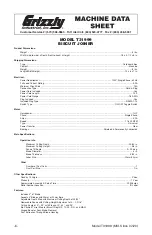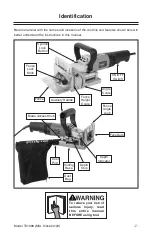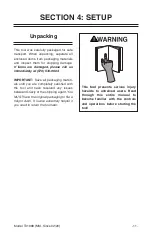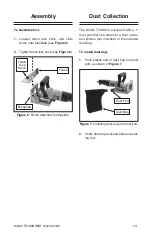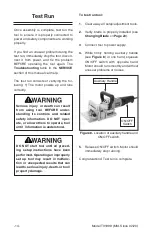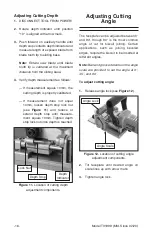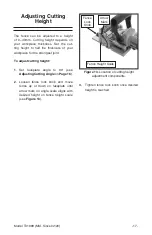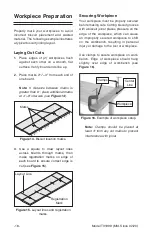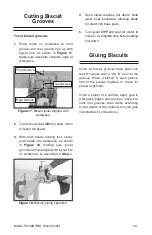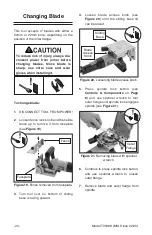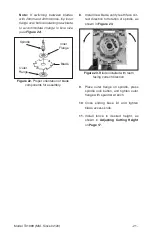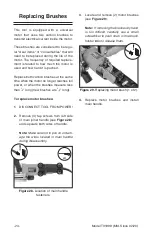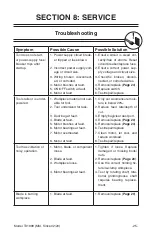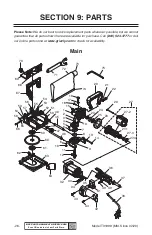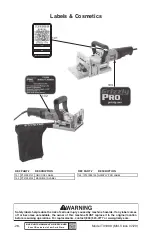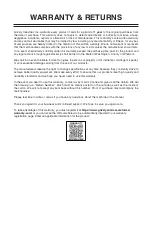
Marks
2½
"-3
"
4"-
6"
4"-
6"
2½
"-3
"
Figure 14. Biscuit location marks.
Layout Line
Registration
Mark
Figure 15. Layout lines and registration
marks.
Figure 16. Example of workpiece setup.
Model T31999 (Mfd. Since 02/20)
-18
-
Workpiece Preparation
Properly mark your workpieces to avoid
incorrect biscuit placement and wasted
material. The following example illustrates
a typical biscuit joining layout.
Laying Out Cuts
1. Place edges of (2) workpieces flush
against each other on a smooth, flat
surface. Verify board ends line up.
2. Place marks 2
1
⁄
2
"–3" from each end of
one board.
Note:
If distance between marks is
greater than 6", place additional marks
at 4"–6" intervals (see
Figure 14).
3. Use a square to draw layout lines
across boards through marks, then
make registration marks on edge of
each board to ensure correct edge is
cut (see
Figure 15).
Your workpiece must be properly secured
before making cuts. Cutting biscuit grooves
with a biscuit joiner places pressure on the
edge of the workpiece, which can cause
an improperly secured workpiece to shift
on the workbench, resulting in personal
injury or damage to the tool or workpiece.
Use clamps to secure workpiece on work-
bench. Edge of workpiece should hang
slightly over edge of workbench (see
Figure 16).
Securing Workpiece
Note:
Clamps should be placed at
least 3" from any cut marks to prevent
interference with joiner.
Center
Line
Clamps
Workpiece
Summary of Contents for T31999
Page 32: ......



